CT Saves Week Focuses on Individual Finances (Not State Finances)
/When the Legislative Office Building hosts a Financial Education Expo on Wednesday as part of Connecticut Saves Week, there may be more than one passerby suggesting that legislators pay particular attention, given that the state budget has been perpetually out-of-balance in recent years. The Expo, from 10 a.m. to 1 p.m., is open to the public. Connecticut Saves Week, which runs through March 3, is part of America Saves Week, which began in 2007.
In addition to the expo at the State Capitol complex, there are three financial action workshops this week at American Job Centers around the state, with a focus on setting financial goals, reducing expenses and improving credit. They are being held from 9 to 11 a.m. on Tuesday in Hamden, 1 to 3 p.m. on Tuesday in Bridgeport and 9 to 11 a.m. on Thursday in Hartford.
UConn Extension will also be holding a Beyond Paycheck to Paycheck workshop series at its New Haven County Extension Center from 6 to 7:30 p.m. on March 5 and March 12 (The first of three sessions was held on Feb. 26).
“These workshops are designed to help individuals and their families take charge of their educational and career goals by providing budgetary guidance that will lead to future success,” said state Labor Commissioner Scott D. Jackson. “Whether the plan is to purchase tuition and books, buy a car to get to work, or start a savings plan, the end goal is improving economic security and employment opportunities for our residents.”
According to a May 2016 report from the Federal Reserve, 46 percent of adults surveyed said they could not cover an emergency expense costing $400. Results from the 2015 FINRA Investor Education Foundation US Financial Capability Study indicate that among Connecticut residents, 48 percent do not have emergency funds, 52 percent have not set aside money for children’s college education, and 18 percent are spending more than their income. Financial literacy is offered in some Connecticut schools, but it is not required by the state for high school graduation.
Chris Lee, president of Connecticut JumpStart, a local nonprofit that works to get financial literacy into schools, told WNPR in December 2017 that a part of the state’s budget problem might be because lawmakers aren't very financially literate, the news station reported.
"I've always said I think a lot of members of the House and Senate both need to take some financial literacy courses and get some background in it before they go in to do some budget talks just to understand how all this stuff works," Lee told WNPR. "They don't understand financial literacy and they don't understand why it's important."
A financial literacy survey of high school and college students in Fairfield and New Haven counties and surrounding areas conducted last year showed 29 percent of local young adults do not have checking accounts or regularly use only cash, highlighting the need for expanded financial literacy education. The survey was conducted by Stamford-based Patriot Bank.
An online “pledge” is available for interested individuals that will trigger periodic information, advice, tips, and reminders sent by email or text message, designed “to help you reach your savings goal, ” according to the CT Saves website.
The Connecticut Saves campaign encourages residents to assess their savings and save automatically to achieve financial goals. It is coordinated by UConn Extension and partners that include the Connecticut Department of Banking; the Connecticut Department of Labor; Connecticut State Library; Hartford Job Corps Academy; People’s United Bank; Human Resources Agency of New Britain, Inc.; Connecticut Association for Human Services; the Better Business Bureau Servicing Connecticut; Chelsea Groton Bank; and Community Renewal Team.



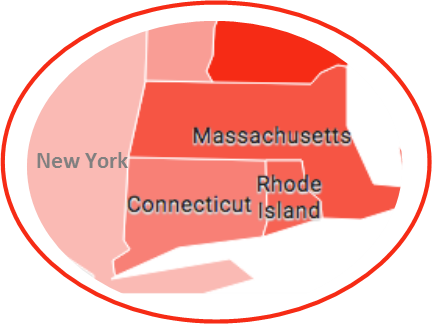 Even in advance of the merger plan, the Board of Regents has been extending lower tuition offers in every direction, reaching out to students in Massachusetts, Rhode Island, New York and even New Jersey, making offers that the Regents hope will be tough to refuse.
Even in advance of the merger plan, the Board of Regents has been extending lower tuition offers in every direction, reaching out to students in Massachusetts, Rhode Island, New York and even New Jersey, making offers that the Regents hope will be tough to refuse.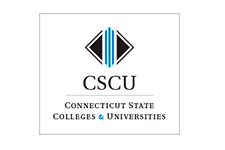
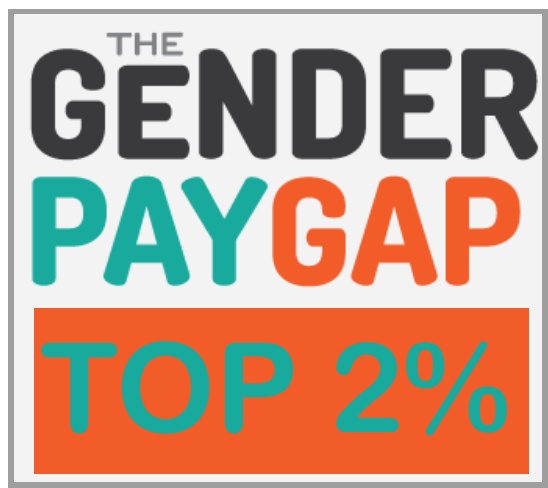


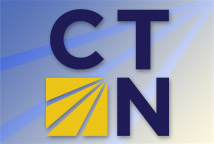 CPAN’s most recent contact expired in September, was extended through October, and was on a day-by-day basis this week. The 33-person staff worked with an annual operating budget that was unexpectedly reduced by
CPAN’s most recent contact expired in September, was extended through October, and was on a day-by-day basis this week. The 33-person staff worked with an annual operating budget that was unexpectedly reduced by 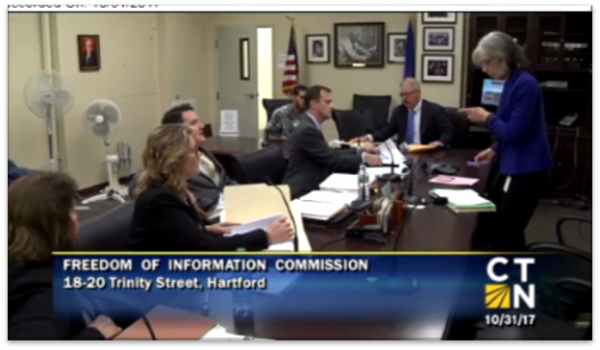

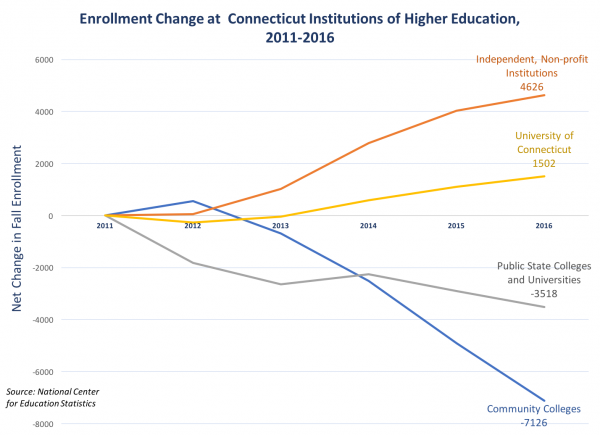
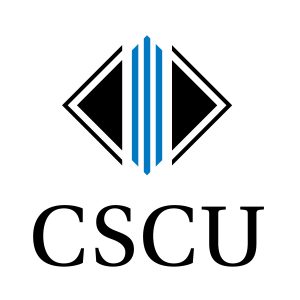



 Memo of Understanding to get have 150,000 EVs on Connecticut roads by 2025.
Memo of Understanding to get have 150,000 EVs on Connecticut roads by 2025.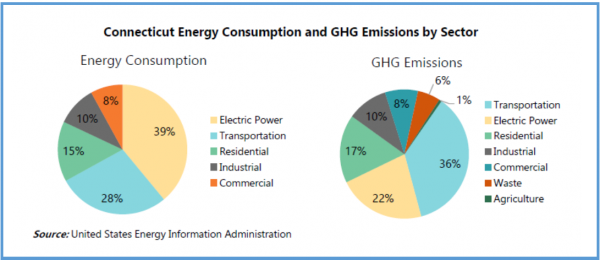



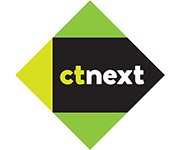

 Venture capital firms are typically deep-pocketed, small companies that bet on startup success by investing millions in exchange for an ownership interest and hopes of high returns. Published
Venture capital firms are typically deep-pocketed, small companies that bet on startup success by investing millions in exchange for an ownership interest and hopes of high returns. Published 

 Sponsor), Eversource (Gold Sponsor), AT&T (Gold Sponsor), Accounting Resources, Inc. (Silver Sponsor), Qualidigm (Silver Sponsor), CT by the Numbers (Silver Sponsor), and Aeton Law Partners (Silver Sponsor). The David Alan Hospitality Group and Capture provided in-kind services.
Sponsor), Eversource (Gold Sponsor), AT&T (Gold Sponsor), Accounting Resources, Inc. (Silver Sponsor), Qualidigm (Silver Sponsor), CT by the Numbers (Silver Sponsor), and Aeton Law Partners (Silver Sponsor). The David Alan Hospitality Group and Capture provided in-kind services.



























